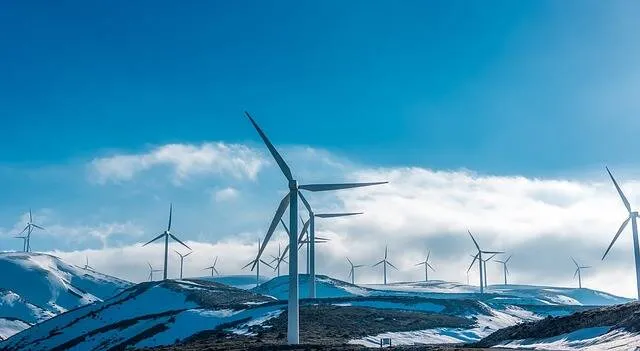The Norwegian Water and Energy Directorate (NVE) expects the average energy price in Norway in 2030 to be higher compared to what we were used to before 2021. Poor energy balance Norway and high expected prices gas and carbon dioxide prices will keep prices high. From 2030 to 2040, we expect more renewable energy production both in Norway and in neighboring countries. NVE predicts that energy prices will then fall.
This report is an analysis of the expected development of energy markets in Norway and Europe until 2040. NVE estimates, based on 2022, that the average energy price in Norway will be approximately øre 80 per kWh by 2030. By 2040, the average price is expected to fall to about 50 øre per kWh.
– We expect the energy price in 2030 to be higher than what we were used to before 2021. High gas and carbon dioxide prices are expected, as well as a weaker energy balance for Norway. A weaker balance means more energy imports, which will increase energy prices in Norway due to high prices in neighboring countries. We will have periods of very high prices and periods of price declines, says director at NVE, Kjetil Lund.
Also read: Scrapping of cars and other vehicles in Norway
Decisions made in Norway have a major impact on energy prices
NVE assumes that by 2040 in Europe there will be significant investments in the production of renewable energy from solar energy, wind energy on land and at sea. In Norway, we also expect an increase in renewable energy production. However, the greatest increase in energy production is to be provided by the production of energy from offshore wind.
There is a lot of uncertainty about the quantity investments in new energy sources in Norway in the coming years. Therefore, NVE performed a sensitivity analysis with a larger scope of onshore solar and wind investments between 2030 and 2040. Greater energy production will contribute to lower energy prices.
In the NVE analysis, energy consumption in Norway is projected to increase to 191 TWh in 2040, an increase of approximately 40 percent compared to current levels. However, there are large uncertainties regarding the development of energy consumption, production and network development over the next ten years. The assumptions made are crucial to the results of the analysis.
High uncertainty of future development
The development of the energy system both in Norway and in neighboring countries is uncertain and strongly depends on external factors such as political choices, cost developments and new technologies. Both in Norway and in the rest of Europe, there are ambitious policy goals for the ecological transition. At the same time, there is growing attention around security of supply and concerns about high energy prices.
More unregulated production creates imbalances in the electricity system that need to be managed. In our analysis, we assume large investments in batteries and hydrogen production. At the same time, we expect that gas energy will play an important role in the European power system for many years to come.
– The energy transition will be a demanding balancing act both in Norway and in the rest of Europe. In the analysis, we assumed that political cooperation in the field of energy and climate in Europe would continue. We also assumed that technology costs would fall and that there would be a lot of investment in batteries and hydrogen. But all this is uncertain, Lund says.
Like us on Facebook and share our post with others
Source: Norwegian Directorate for Water Resources and Energy
Also read: Switching to winter tires: Good tires are a key element of safety



